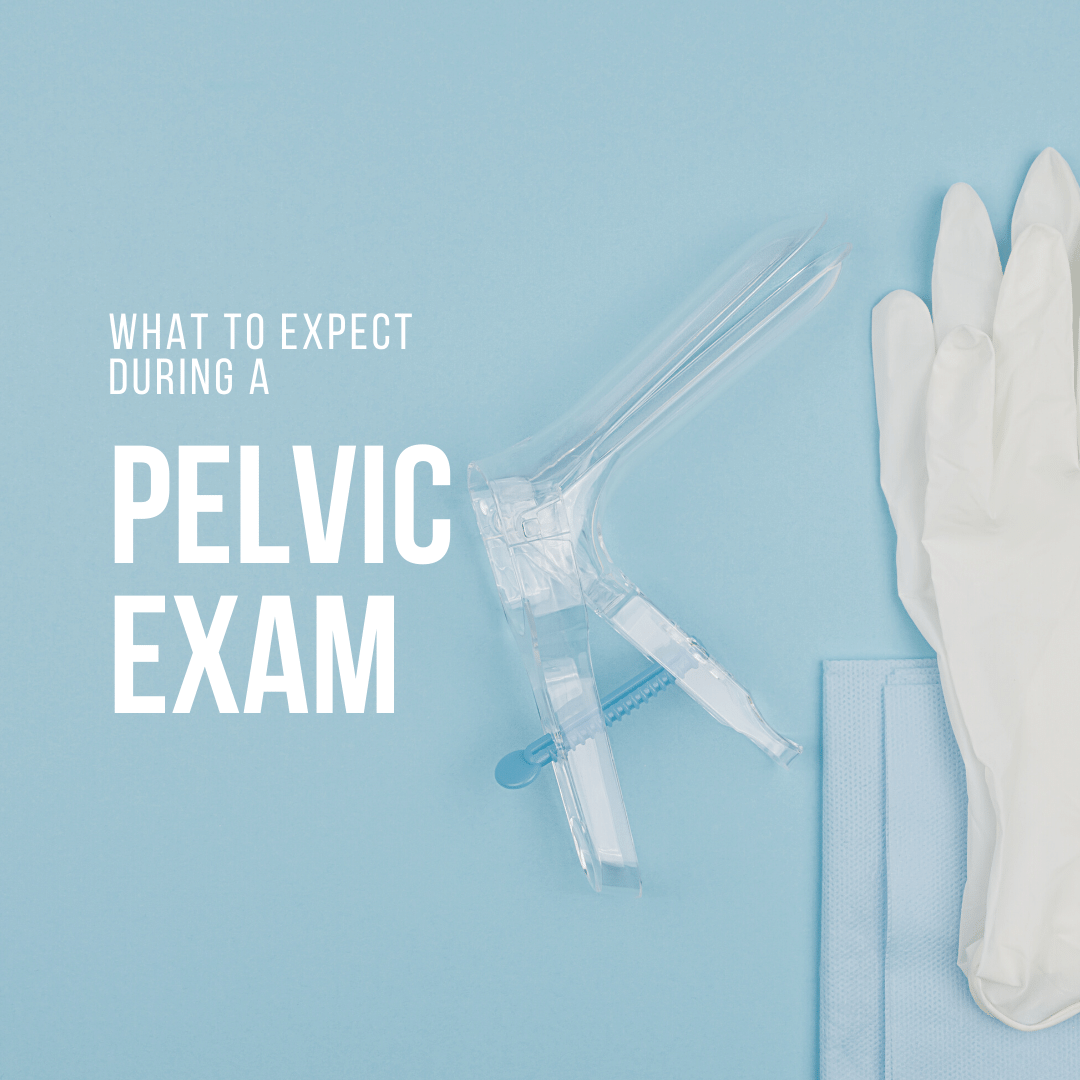A pelvic exam is a necessary part of diagnosing and treating many conditions that can affect women. For example, if you are experiencing pain or unusual bleeding, a pelvic exam may be necessary to determine the cause. In this blog post, we will discuss what to expect during a pelvic exam. We will also discuss why it is important to have regular pelvic exams even if you are not experiencing any problems.
What is a Pelvic Exam?

A pelvic exam is a physical examination of the female reproductive organs. The exam is usually performed by a gynecologist, a doctor who specializes in women’s health. During the exam, the doctor will check for any abnormal growths or changes in the reproductive organs. The pelvic exam can also include a Pap smear, which is a test to detect changes in the cells of the cervix. The doctor will also check for any signs of infection, inflammation, or other problems.
Pelvic exams can also be used to detect fibroids. During a pelvic exam, your doctor will gently push on your uterus to feel for any physical changes in the reproductive organs that may suggest the presence of fibroids. If anything feels out of the ordinary, then the doctor may order an ultrasound to get a more detailed look at the reproductive organs and check for any abnormalities.
Why is a Pelvic Exam Necessary?
There are many reasons why a pelvic exam may be necessary. For example, if you are experiencing pain or unusual bleeding, a pelvic exam may be necessary to determine the cause. Pelvic exams are also important for detecting early signs of cancer or other diseases.
Other reasons why you may need a pelvic exam include:
- You have a family history of reproductive cancers
- You are sexually active and want to check for STDs
- You are experiencing menopause symptoms
- You are pregnant or trying to get pregnant
- You are experiencing gynecological symptoms
- Part of a routine physical examination
What Happens During a Pelvic Exam?

Many women are nervous about having a pelvic exam, but it is important to remember that these exams are very common and usually take less than five minutes. Knowing what to expect can also help make you less nervous. While everyone’s experience may vary slightly, here is an idea of what to expect:
During a pelvic exam, you will be asked to undress, put on a gown, and lay down on an exam table with your knees bend and feet in the stirrups. The doctor will first ask about your medical history and symptoms, then examine the outside of your reproductive organs. They will look for signs of irritation, sores, or any abnormalities.
Then, the doctor will insert a speculum, which is a metal or plastic tool used to gently spread your vaginal walls. This allows your doctor to examine your vagina and cervix. While this can be uncomfortable and you may feel pressure, you should not feel pain. To make the experience as comfortable as possible, it helps to empty your bladder before your appointment and try to relax the muscles in and around the vagina.
The doctor may also perform a Pap smear at this time. A Pap smear is a test to detect changes in the cells of the cervix. The doctor will use a speculum to insert a small brush into the cervix and collect a sample of cells. The cells will be examined under a microscope to look for any abnormalities.
Next, the doctor will remove the speculum and insert a gloved, lubricated finger into your vagina. They will feel for any lumps or abnormal growths. They will use their other hand to gently press down on your abdomen. During this part of the exam, your doctor is checking the size and shape of your uterus and ovaries. This is also the part of the exam where abnormalities associated with uterine fibroids may be noticed.
After the exam, the doctor will discuss any findings with you and provide instructions on how to follow up. If they suspect uterine fibroids, they may recommend having an ultrasound to determine the exact size, location, and type of fibroids present.
In Conclusion
In this blog post, we discussed what a pelvic exam is and why it may be necessary to have one. We also went over the various steps of a pelvic exam and what you can expect when having one. Pelvic exams are an important part of women’s health. They can help detect problems early, when they are most treatable. Remember, if you are ever feeling nervous or have any questions, be sure to ask your doctor. They are there to help you and ensure that you are comfortable.












